Pharmaceutical Raw Materials Pregabalin Intermediate Treats Epilepsy 148553-50-8 With Safe Pass
CAS: 148553-50-8
MF: C8H17NO2
MW: 159.23
Essai: 99%
Apparence: Poudre de cristal blanc
Forfait: 25kg/fût
Usage: Nouveaux médicaments antiépileptiques. Utilisé dans le traitement de la neuropathie périphérique, or partial seizures
Pregabalin COA:
| ÉLÉMENTS |
STANDARDS |
RÉSULTATS |
| Apparence |
A white to off white powder |
poudre blanche |
| Identification |
UN. Meets the requirement |
Conforme |
| B. ET: similar to Reference Substance |
Conforme |
| Perte au séchage |
0,5 % |
0.21% |
| Rotation spécifique |
+10.0°~+13.0° |
+10.8° |
| Substances apparentées |
Any single impurity ≤0.1%
Total impurity ≤0.8% |
0.05%
0.10% |
| Purity By HPLC R-isomer |
≤0.15% |
0.10 |
| Résidu à l'allumage |
≤0.1% |
0.05% |
| Solvants résiduels |
Isopropyl alcohol ≤5000ppm
Ethyl Acetate ≤5000ppm |
150ppm
250ppm |
| Métaux lourds |
10 ppm |
Conforme |
| Chlorides |
≤0,05% |
Conforme |
| Essai |
98%~ 102,0% |
99.8% |
Pregabalin Usage:
La prégabaline est un médicament anticonvulsivant utilisé pour la douleur neuropathique, comme thérapie d'appoint pour les crises partielles, et dans le trouble anxieux généralisé. Il a été conçu comme un successeur plus puissant de la gabapentine.
La prégabaline est un médicament anticonvulsivant utilisé pour la douleur neuropathique, comme thérapie d'appoint pour les crises partielles, et dans le trouble anxieux généralisé. Il a été conçu comme un successeur plus puissant de la gabapentine. Pregabalin is marketed by Pfizer under the trade nam.
Treatment by Condition Related to pregabalin:
Additional Medication to Treat Partial Seizures Medications
Neuropathic Pain Medications
Nerve Pain from Spinal Cord Injury Medications
Nerve Pain after Herpes Medications
Disorder characterized by Stiff, Tender & Painful Muscles Medications
Recommended Local Anesthetics Drugs
| Base de lidocaïne |
137-58-6 |
| Chlorhydrate de lidocaïne |
73-78-9 |
| Benzocaine 20~50mesh |
94-09-7 |
| Benzocaine 200mesh |
94-09-7 |
| Benzocaine Hydrochloride |
23239-88-5 |
| Procaïne |
59-46-1 |
| Chlorhydrate de procaïne |
51-05-8 |
| Tétracaïne |
94-24-6 |
| Chlorhydrate de tétracaïne |
136-47-0 |
| Prilocaïne |
721-50-6 |
| Propitocaine Hydrochloride |
1786-81-8 |
| Bupivacaine |
2180-92-9 |
| Bupivacaine Hydrochloride |
14252-80-3 |
| Chlorhydrate de pramoxine |
637-58-1 |
| Dibucaine Hydrochloride |
61-12-1 |
| Articaine Hydrochloride |
23964-57-0 |
| Chlorhydrate de lévobupivacaïne |
27262-48-2 |
| Ropivacaine Hydrochloride |
132112-35-7 |
| Proparacaine Hydrochloride |
5875-06-9 |
| Chlorhydrate de Dyclonine |
536-43-6 |
| Articaïne |
23964-58-1 |
| Procainamide Hydrochloride |
614-39-1 |
| Xylazine hcl |
23076-35-9 |
| Xylazine |
7361-61-7 |
Antiepileptic Drus and Therapeutic Drugs for Neuropathic Pain:
Pregabalin is a new antiepileptic drug, having a γ-amino butyric acid structure on its molecular structure, which has anticonvulsant effects, and is successfully developed by the company Pfizer for the treatment of peripheral neuropathic pain, or adjuvant treatment of partial seizures.
In December 2008, the US Food and Drug Administration (FDA) approved pregabalin (trade name “Lyrica”) for the treatment of diabetic peripheral neuropathic pain (DPN) and postherpetic neuralgia (PHN)which are Both the most common neuropathic pains.
Neuropathic pain is one of the most difficult chronic pain syndromes to treat , dull pain, brûlant, tingling as the main feature, there are a lot of incentives of neuralgia, diabetes, infections (such as herpes zoster), cancer and AIDS, etc. can cause neurological pain, in Europe about 3% of the population suffer from neuralgia torture.






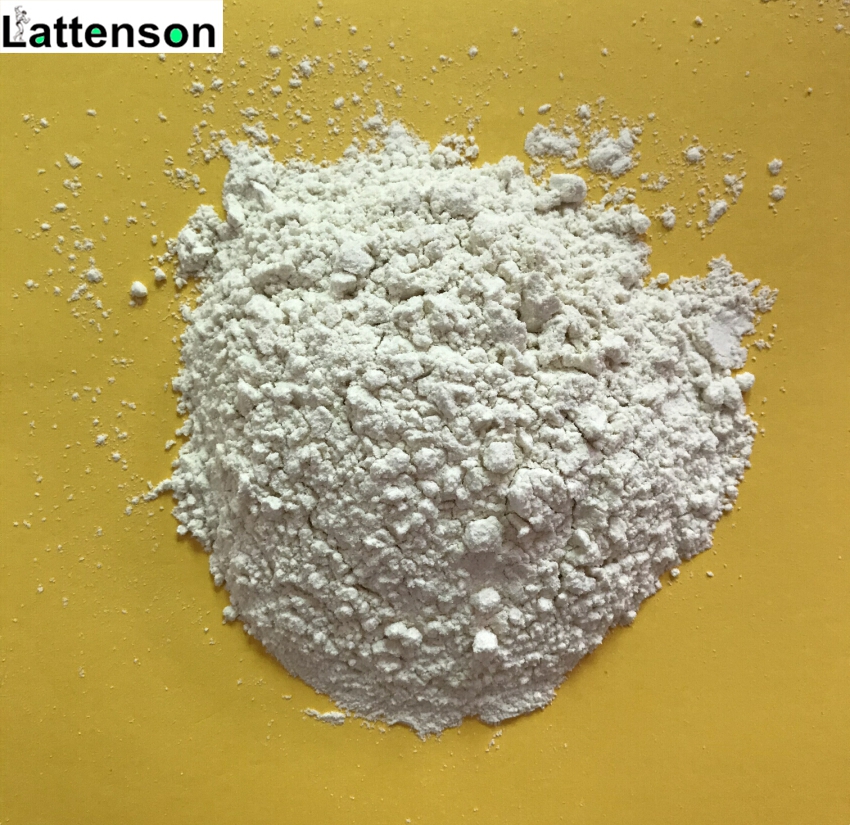
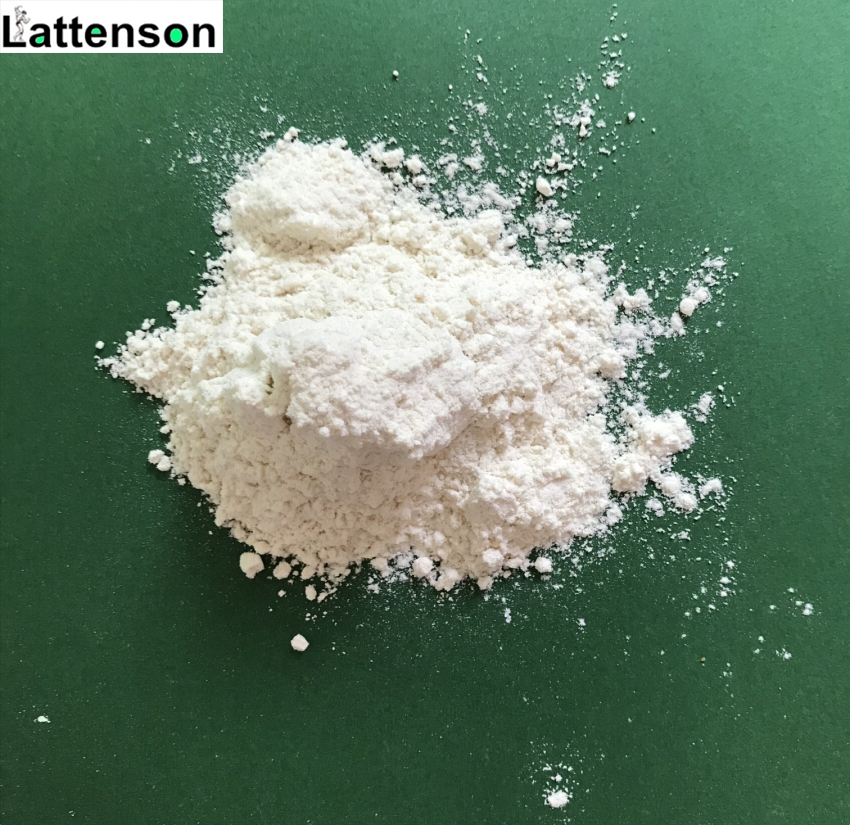
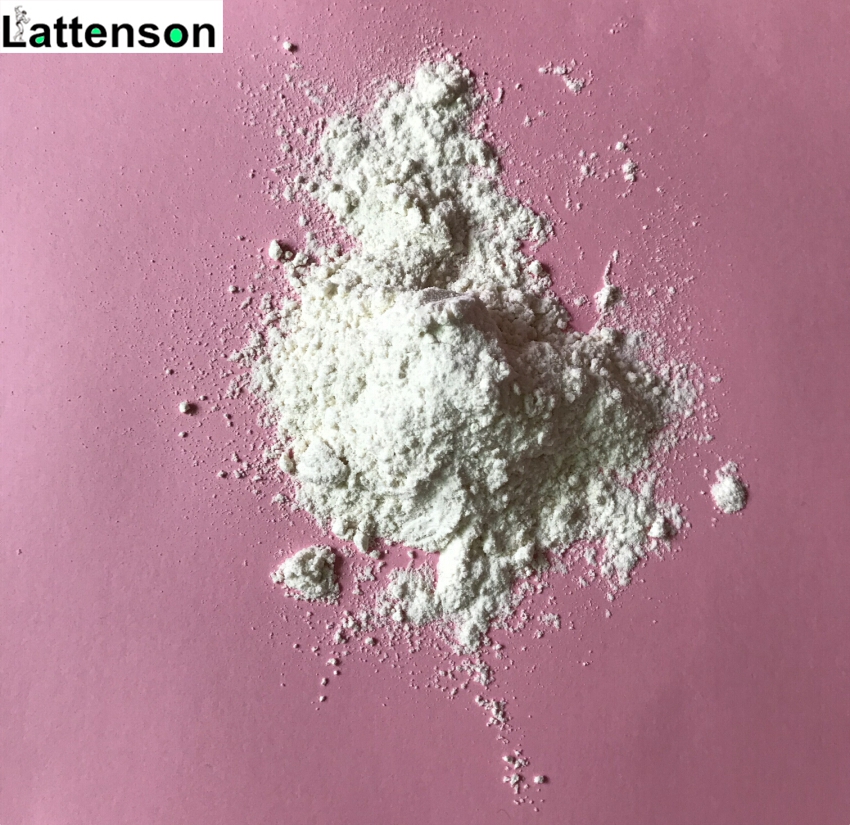
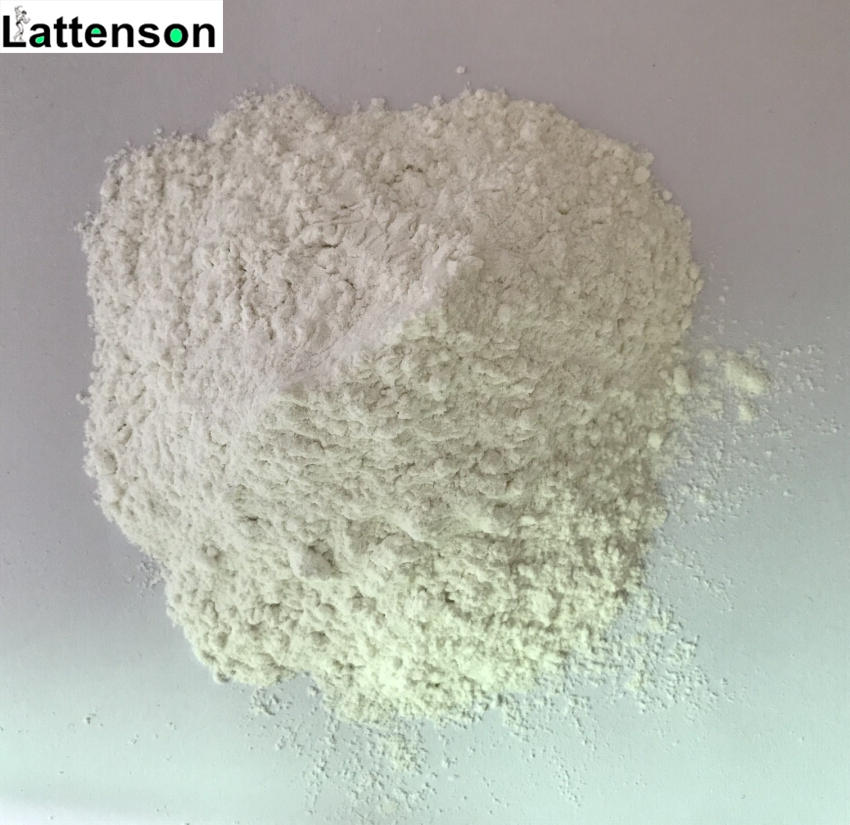
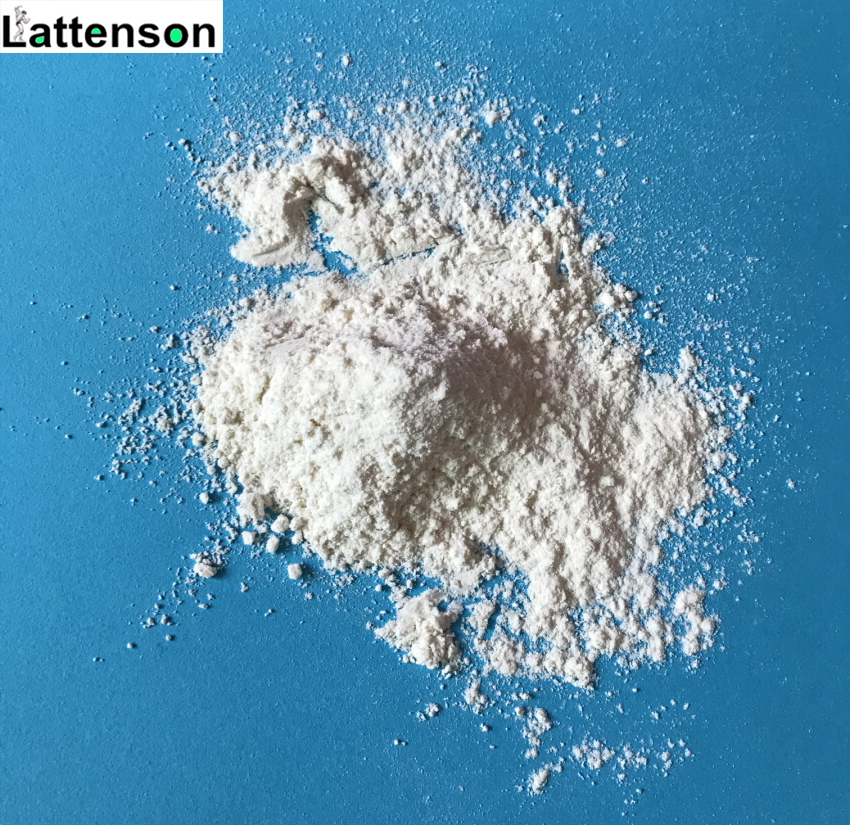



 Directeur commercial
Directeur commercial